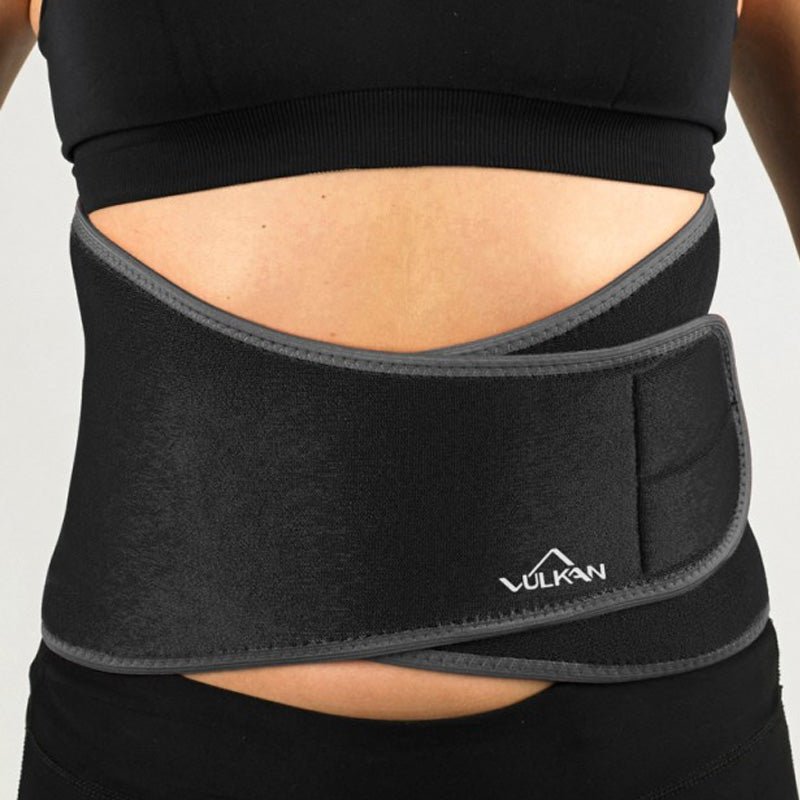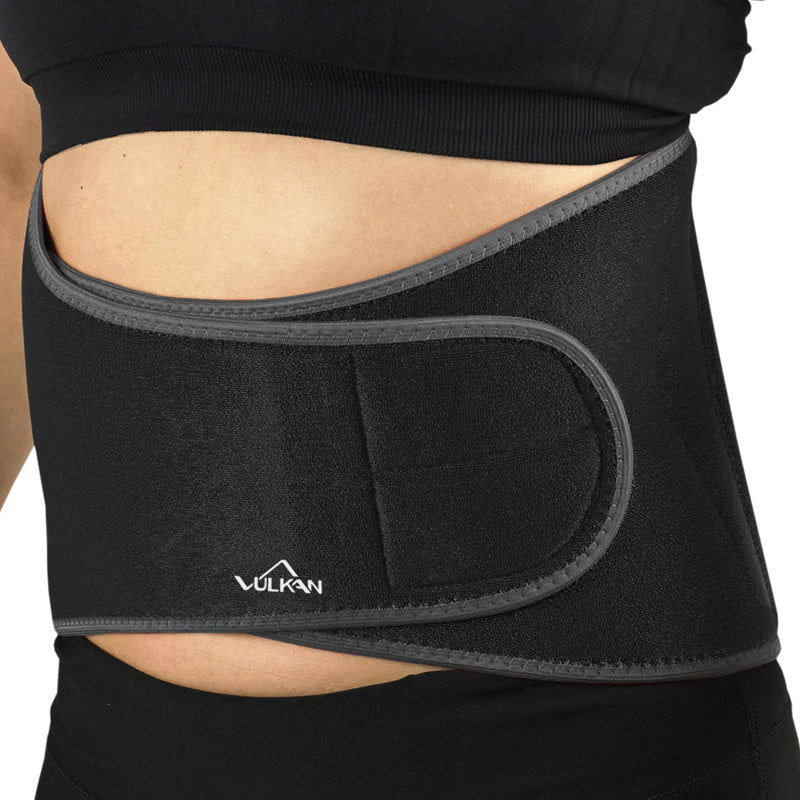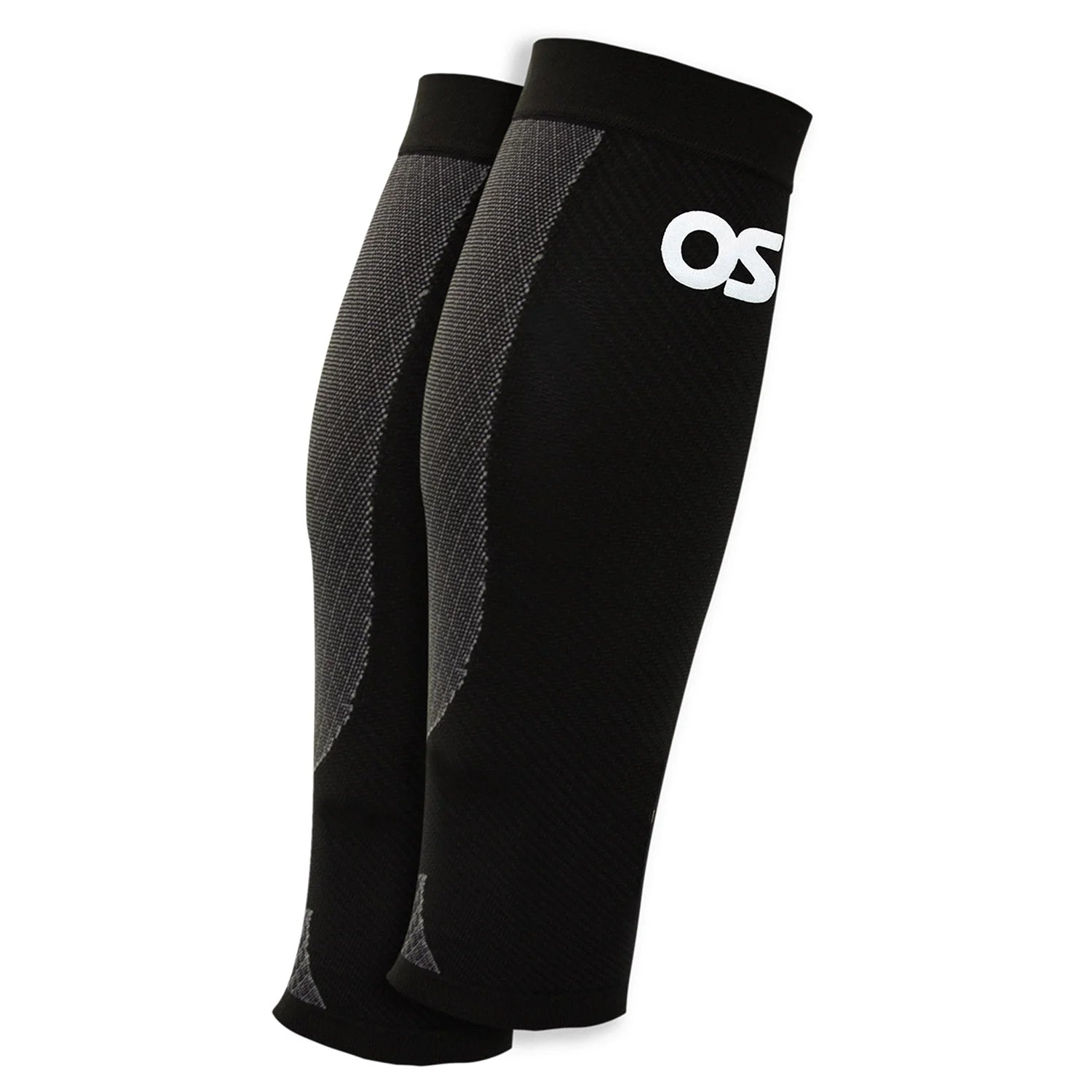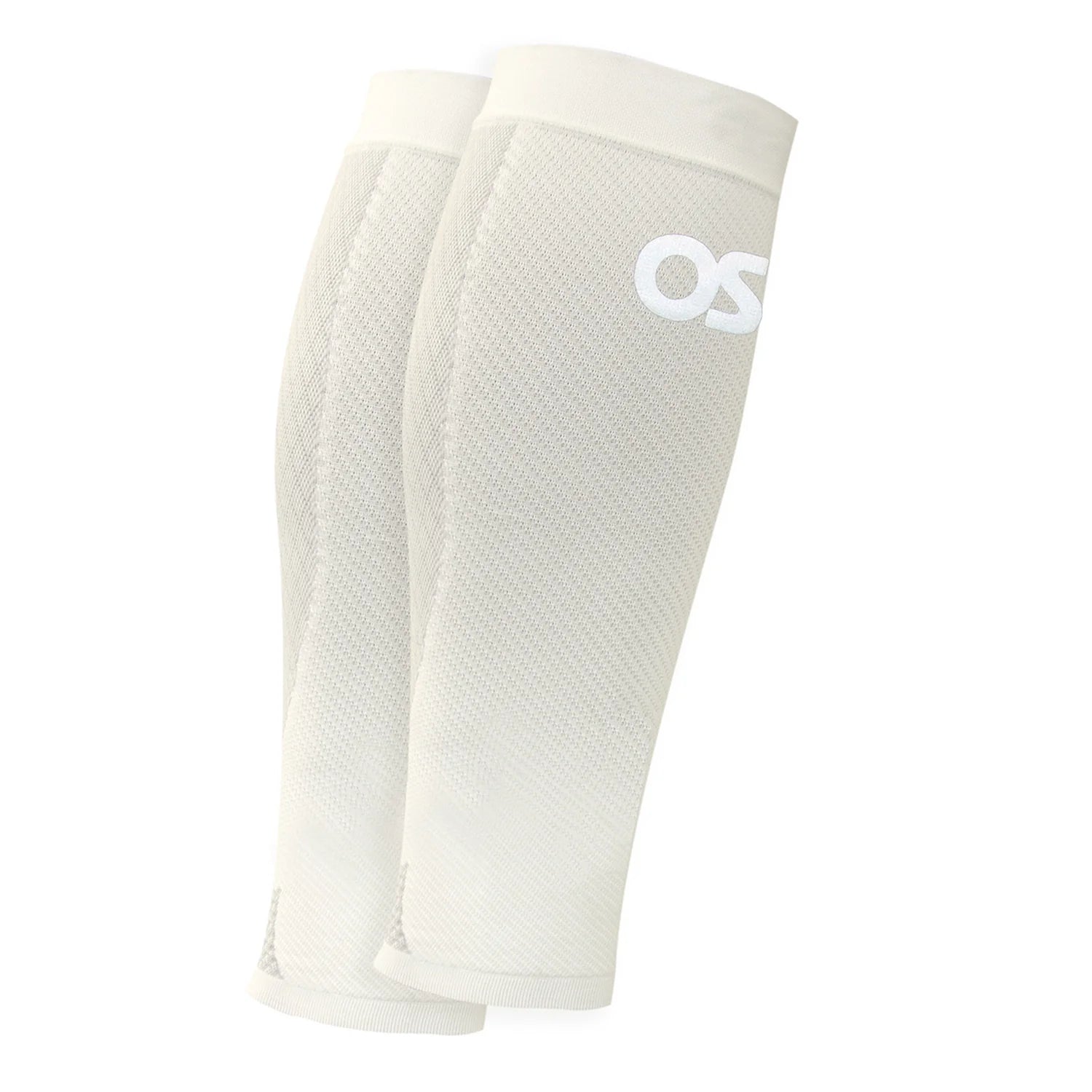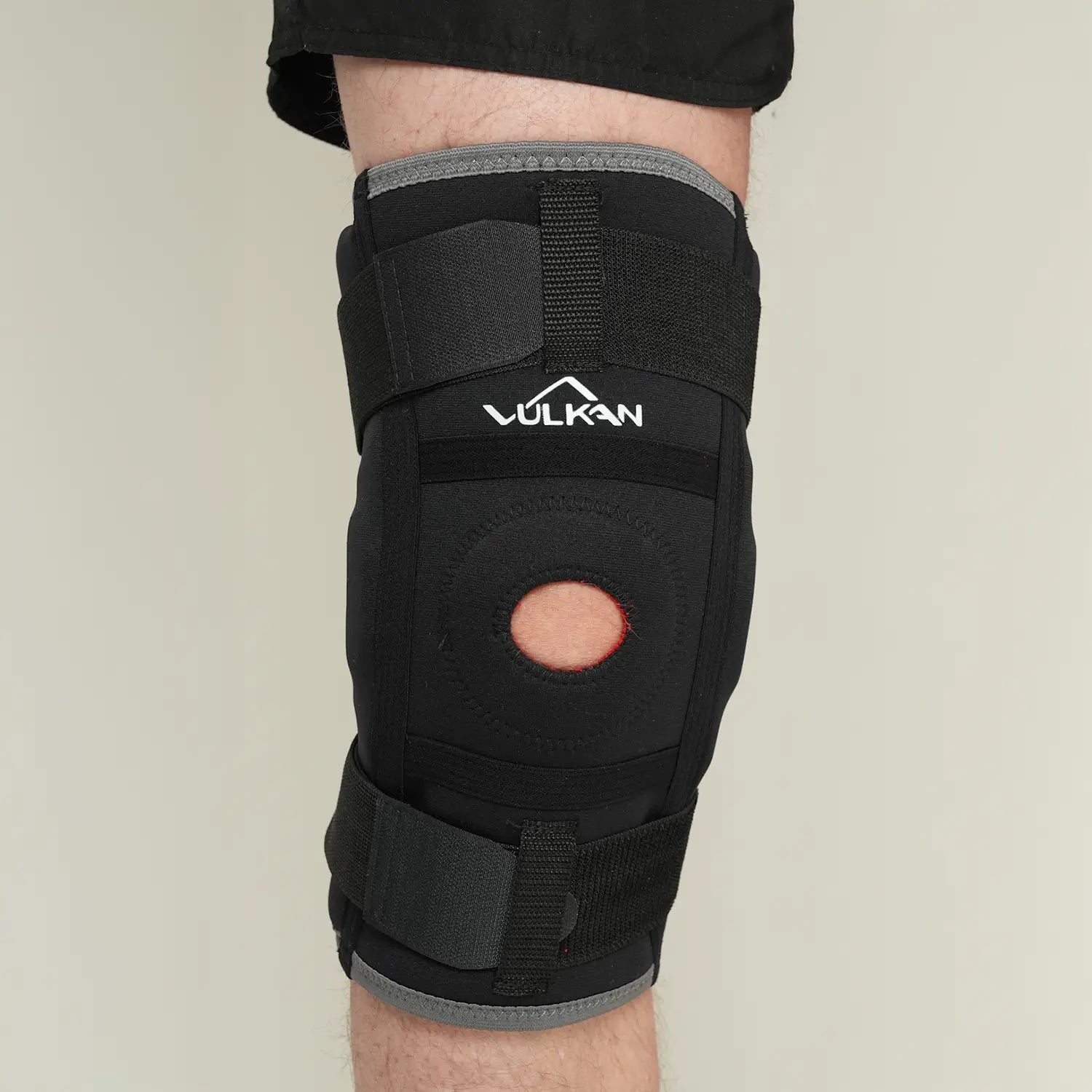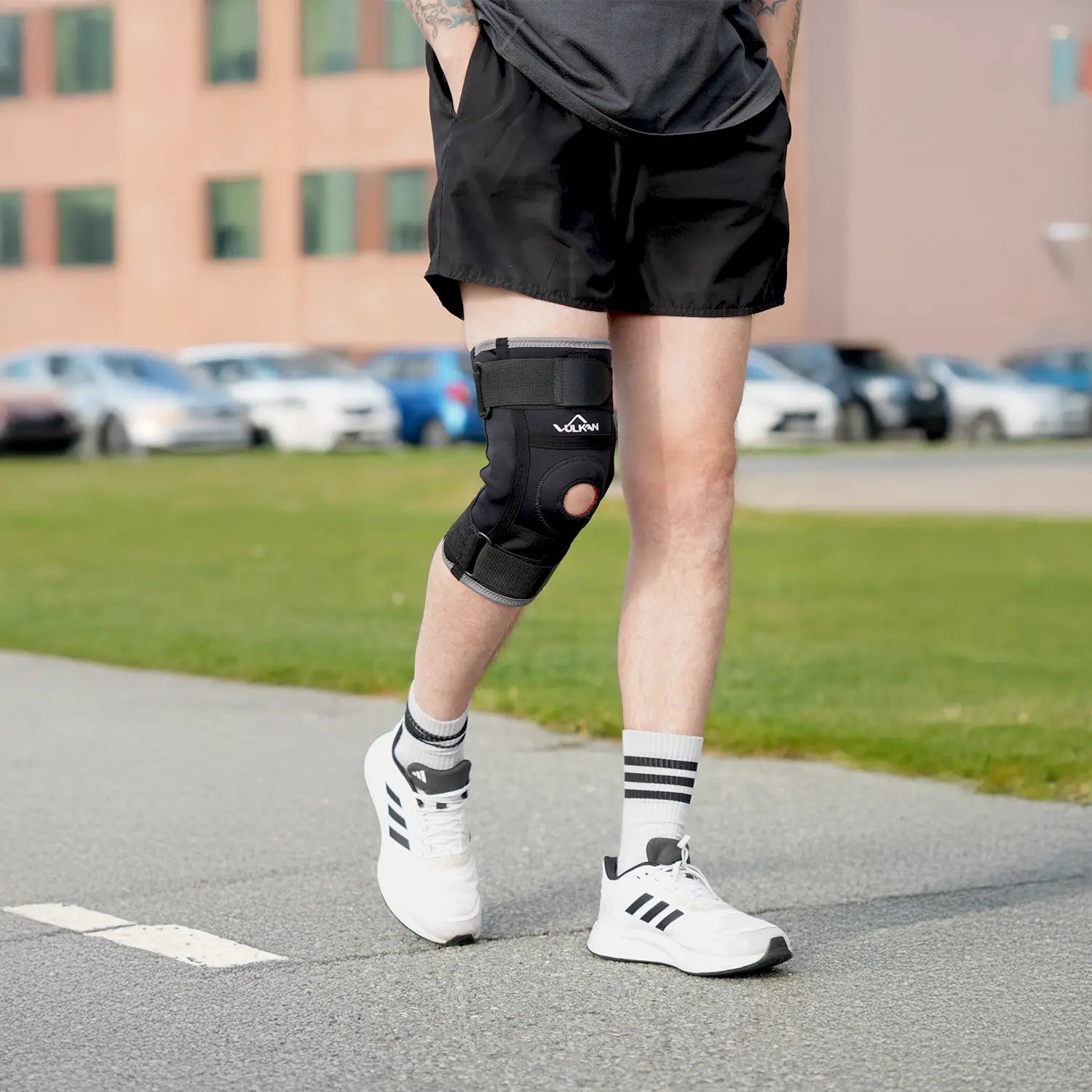
Mouse arm
Table of contents
Mouse arm is a collective term for strain-related problems in the forearm, wrist, shoulder and neck that often occur in connection with computer work. The condition is sometimes also called repetitive strain injury or RSI (Repetitive Strain Injury). The symptoms usually develop gradually and can eventually affect work capacity and quality of life if not treated in time.
Symptoms of mouse arm
Mouse arm manifests itself through various types of discomfort and pain that worsen with repeated strain. Here are common symptoms:
- Pain in the forearm, wrist, or fingers
- Tingling or numbness, often in the hand or forearm
- Feeling of fatigue in the arm or shoulder
- Stiffness in the neck or shoulder
- Difficulty performing fine motor movements
- Increased pain during prolonged use of the computer or during repetitive movements
Causes of mouse arm
Mouse strain most often occurs as a result of prolonged static strain or repetitive movements. Some common causes are:
- Poor ergonomics when working on a computer
- Monotonous movements, such as clicking a computer mouse
- Incorrect arm position or lack of wrist support
- Lack of breaks or variation in working posture
- Stress and tense muscles that increase tension in the arms and shoulders
Treatment of mouse arm
To relieve and prevent mouse arm, it is important to combine relief, ergonomic improvements and rehabilitative exercises.
First, you should identify and adjust factors that are causing the strain. This could include changing the angle of your arm, switching to an ergonomic keyboard, or adjusting your desk height. Consider using wrist rests and making sure your chair and computer monitor are properly adjusted.
In case of pain, short breaks, stretching and movements that promote circulation are recommended. A physiotherapist can help you with exercises that strengthen the muscles of the forearm and shoulder and improve mobility.
If necessary, you can supplement with:
- Ergonomic aids such as wrist rests or vertical mice
- Compression protection that reduces swelling and provides support
- Heat treatment to soften the muscles
- Medication in the form of painkillers for severe discomfort
Recommended products
Frequently asked questions about mouse arm
How do I know if I have mouse arm?
If you experience pain, numbness or stiffness in your arm or wrist when working on a computer, it may be a sign of mouse arm.
Can mouse arthritis go away on its own?
Yes, but only if you address the cause. Rest, ergonomic adjustments, and rehabilitation are crucial to becoming completely pain-free.
How can I prevent mouse arm?
Change your working position frequently, use ergonomic aids and take breaks. Make sure your mouse and keyboard are positioned correctly.
When should I seek medical attention?
If the symptoms affect your everyday life or do not improve within a few weeks, you should contact a physiotherapist or occupational therapist for assessment.






